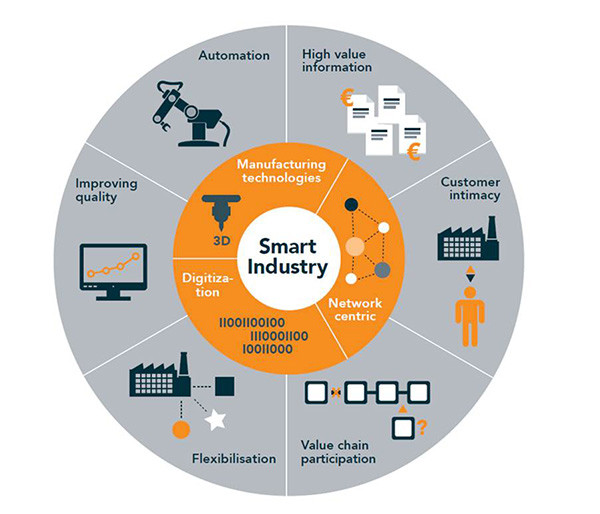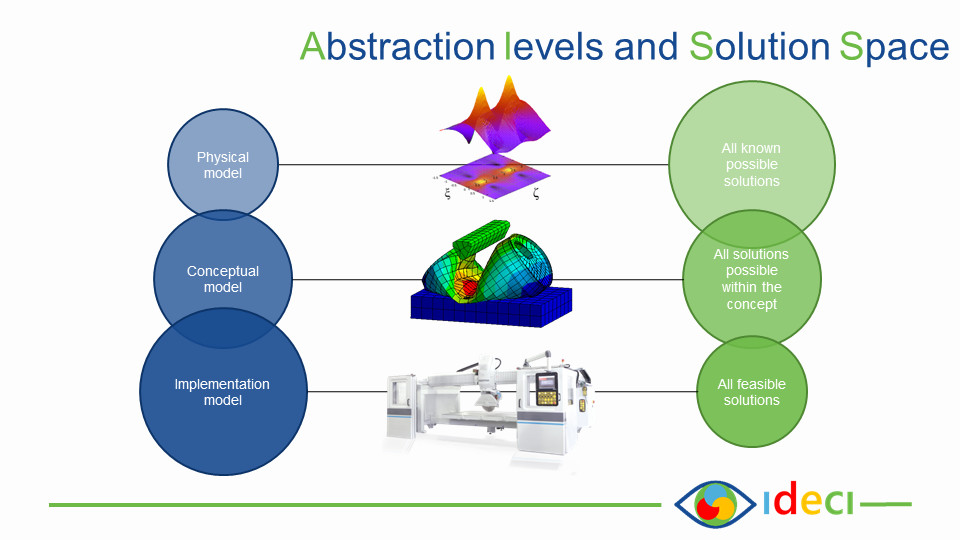your Company’s next Top Model, part I
Your company already has lots of models. More then you know of. More then you are aware of. Models are in the heads of your employees, in diagrams on your office wall, in spreadsheets and in databases that make up your ERP and CAD applications. Models are a way to capture reality: they are a reflection, an abstraction of reality.
From the listing above one can distinguish between digitized models and the non-digitized, the ‘volatile’ ones. Both of them are obscure, hidden from most people’s eyes and awareness, unless you’re a database programmer or (software) engineer.
I can think of two categories of models: those that capture your business processes, and those that capture your product(s). But like said: you’re probably not aware of their existence.
Now have a look at the Smart Industry (Dutch Industry 4.0 equivalent) diagram below. Notice the three orange segments in the middle representing the driving technologies, the business enablers for the outer grey segments? Yep! There it is: ‘Digitization’. Read my post, and thoughts on that subject over here.
Digitization is unavoidable to harvest the promises of Smart Industry/Industry 4.0.
And therefore models are unavoidable too: either you first make a model and then digitize it or you make a model while you digitize whatever you want to digitize. The latter method is most common but far too often the model will not be exposed. And as such no-one really understands what has been digitized (other then the software/IT-guys… maybe). You should be worried about that: you’ve digitized part of your business, your intellectual capital but did not gain any knowledge about it.
All this applies to product development and engineering as well. The “Digital Twin”, the digital model of a physical product, as close to reality as possible, is a nice example.
I have to admit, talking about models is pretty abstract to me and most people. Nevertheless, as stated above, they are present within your company already and there is no way around them if you want to gear up for the near future.
So the question is …
…what will be your company’s next top model??
And what will it look like? And who is going to build it?
Next time on ‘your Company’s next Top Model’ you can decide which of the models is your favourite, learn ways to grow your own models and why a model never is, or will be, perfect!





